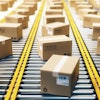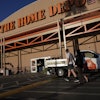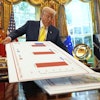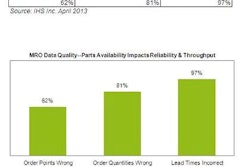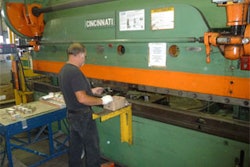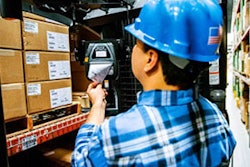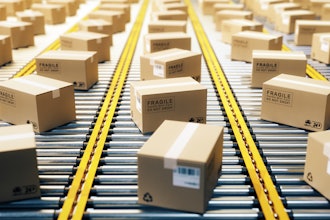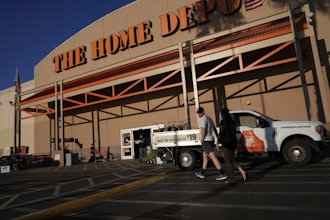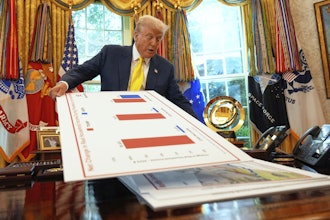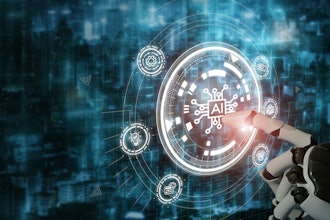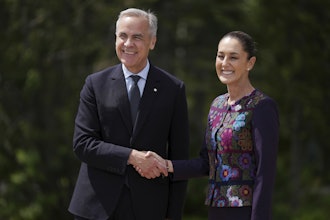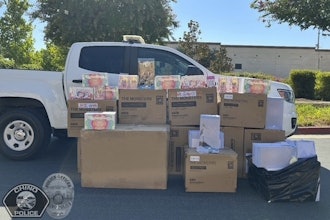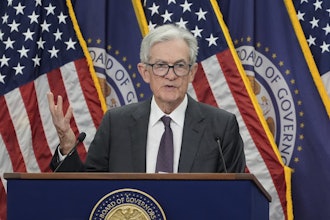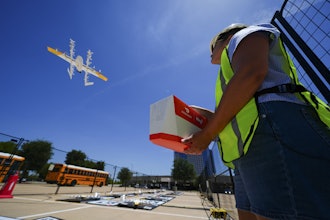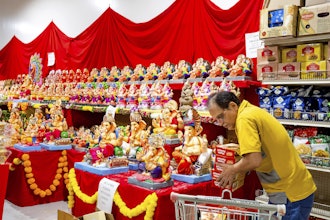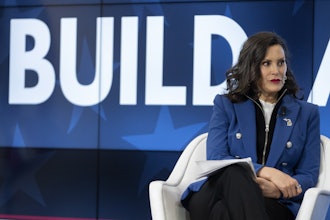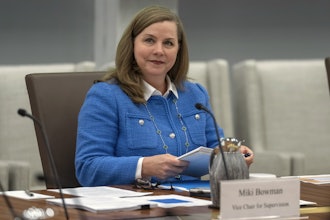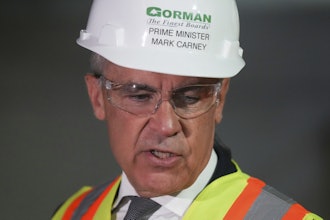NEW YORK (AP) — It's the kind of electronic junk that piles up in basements and garages — an old computer motherboard with wires sticking out.
But because it was designed and sold by two college dropouts named Steve Jobs and Steve Wozniak, it could be worth more than half a million dollars.
An Apple 1 from 1976, one of the first Apple computers ever built and forerunner of today's MacBooks, IPads and IPhones, goes on the auction block at Christie's next week. The bidding starts at $300,000, with a pre-sale estimated value of up to $500,000.
"This is a piece of history that made a difference in the world, it's where the computer revolution started," said Ted Perry, a retired school psychologist who owns the old Apple and has kept it stashed away in a cardboard box at his home outside Sacramento, Calif.
The 11-by-14 green piece of plastic covered with a grid of memory chips above a labyrinth of wires was one of the first 25 such computer elements, and sold for $666.66.
About 200 were made but most have disappeared or been discarded. Various estimates put the number known to still exist from about 30 to 50. They came with eight kilobytes of memory — a million times less than the average computer today.
Vintage Apple products have become an especially hot item since Jobs' death in October 2011, surrounding the mystique attached to this entrepreneur who joined forces with Wozniak to build computer prototypes in a California garage.
Another Apple 1 was sold last month for a record $671,400 by a German auction house, breaking a previous record of $640,000 set in November. Sotheby's sold one last year for $374,500.
"This is the seed from which the entire orchard grew, and without this, there would be no Apple," said Stephen A. Edwards, professor of computer science at Columbia University. "I've been shocked auction prices got into the six digits. The market has just gone crazy."
The latest auction at Christie's, "First Bytes: Iconic Technology from the Twentieth Century," is being conducted online only from June 24 to July 9. The Apple 1 is to be displayed starting Monday at the Computer History Museum in Mountain View, south of San Francisco.
Perry, 70, acquired his Apple 1 in either 1979 or 1980, as a secondhand item he saw advertised.
He paid nothing for it; it was a swap with the owner.
"I traded some other computer equipment I had for the Apple 1," he said.
At the time, he was working as a psychologist in a school in Carmichael, a town near Sacramento. While observing special needs children, he noticed that a teletype machine "made a huge difference" in how a deaf boy using it responded and learned.
As the first computers came on the market, Perry learned to program them. Then he approached Wozniak, who agreed to provide what the psychologist calls Apple's "internal code" so he could create interactive lessons for his students using the new technology.
An expert hired by Christie's recently came to Perry's home to examine the old Apple and try to turn it on. Only the Apple motherboard is original. A keyboard, monitor and a storage device — in this case a portable cassette tape deck — were added later.
"I was a little afraid to run it, but it still works, with the original chips!" he says.

